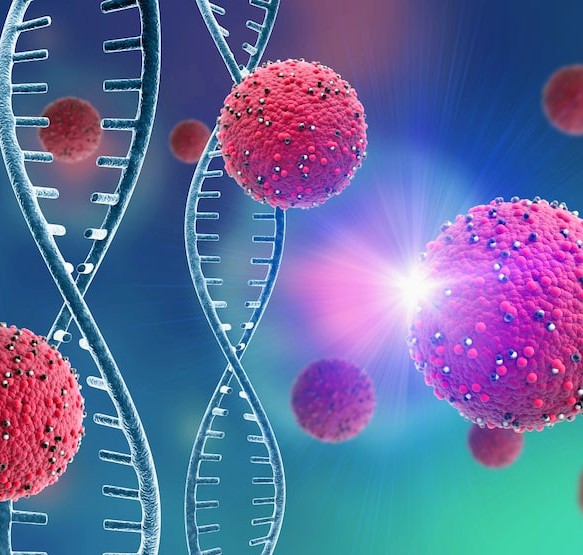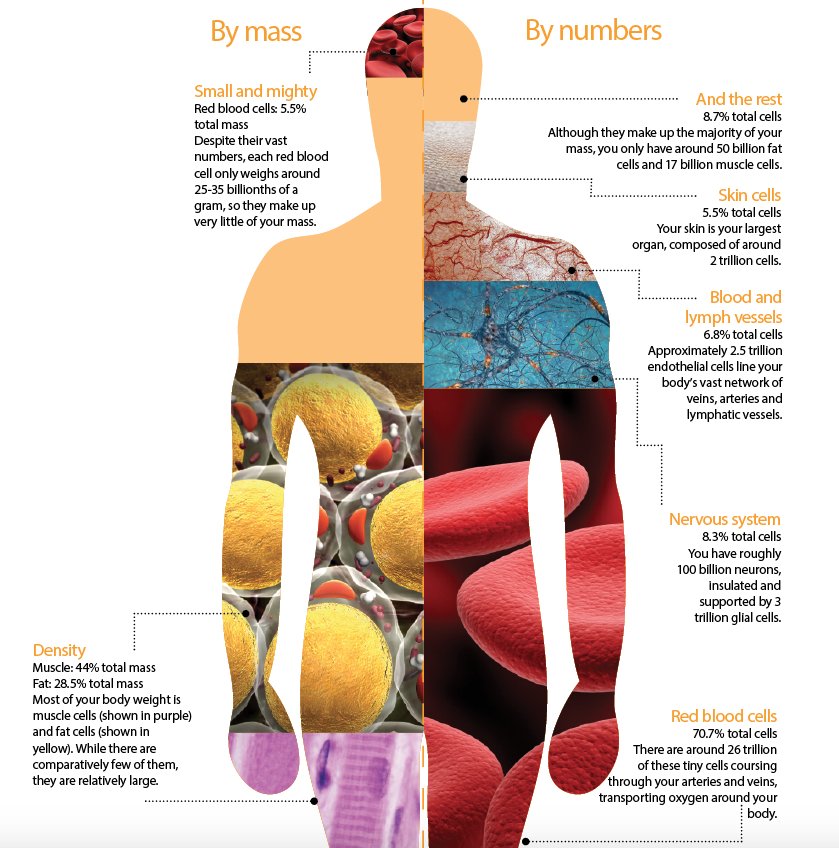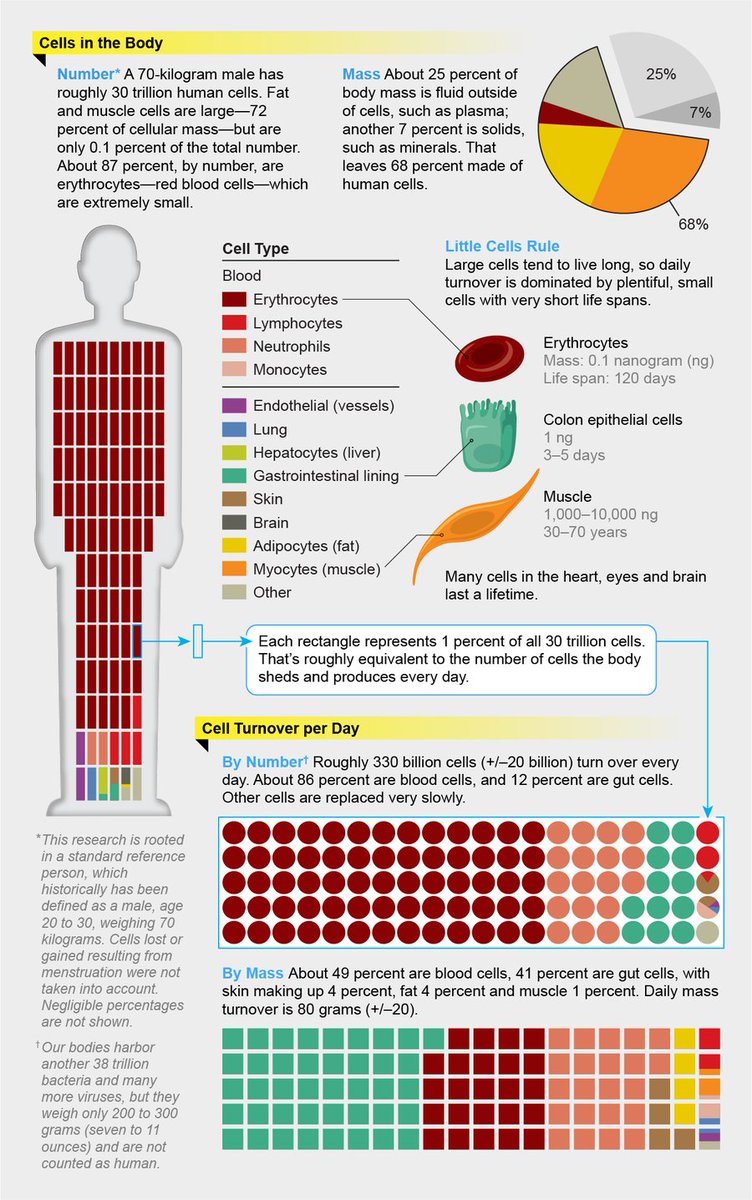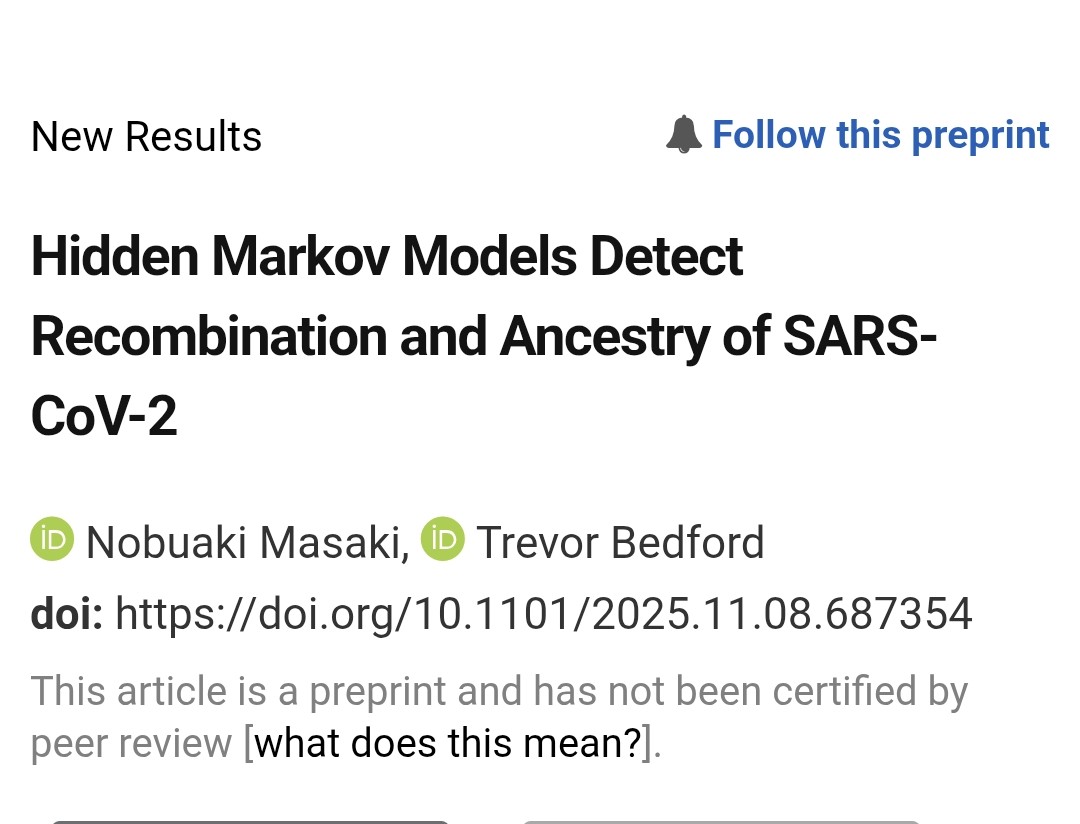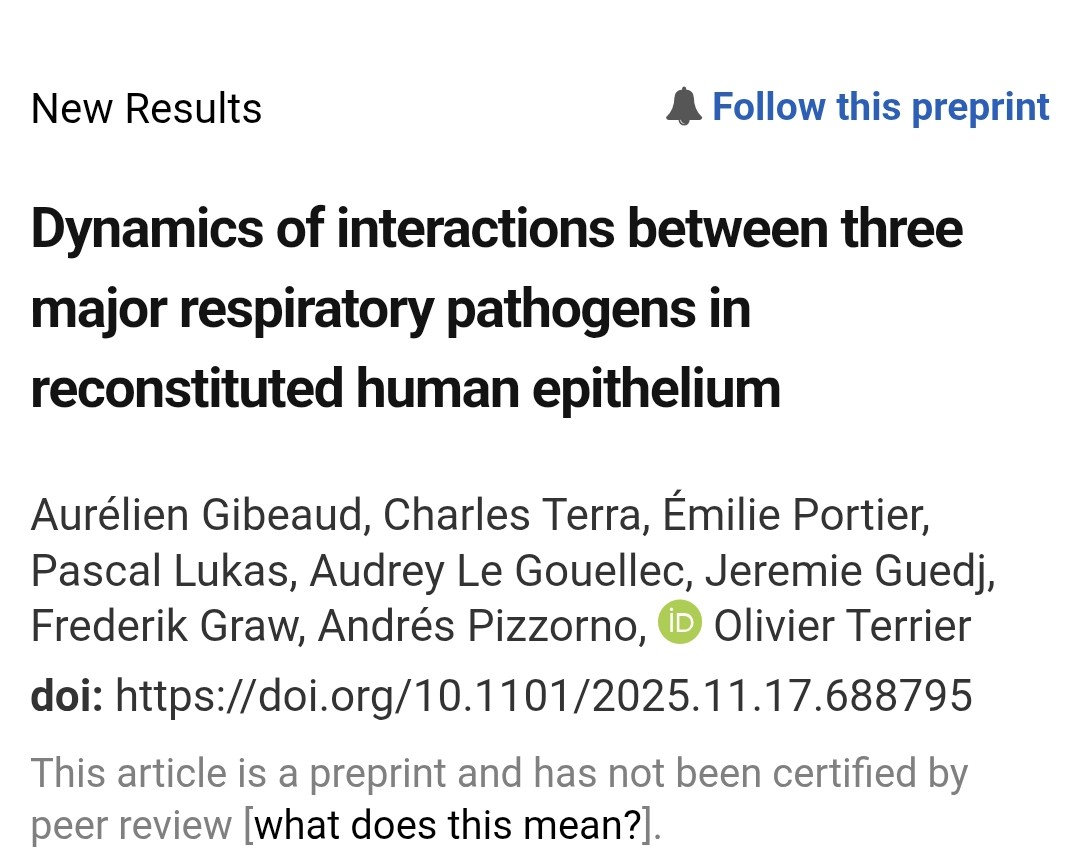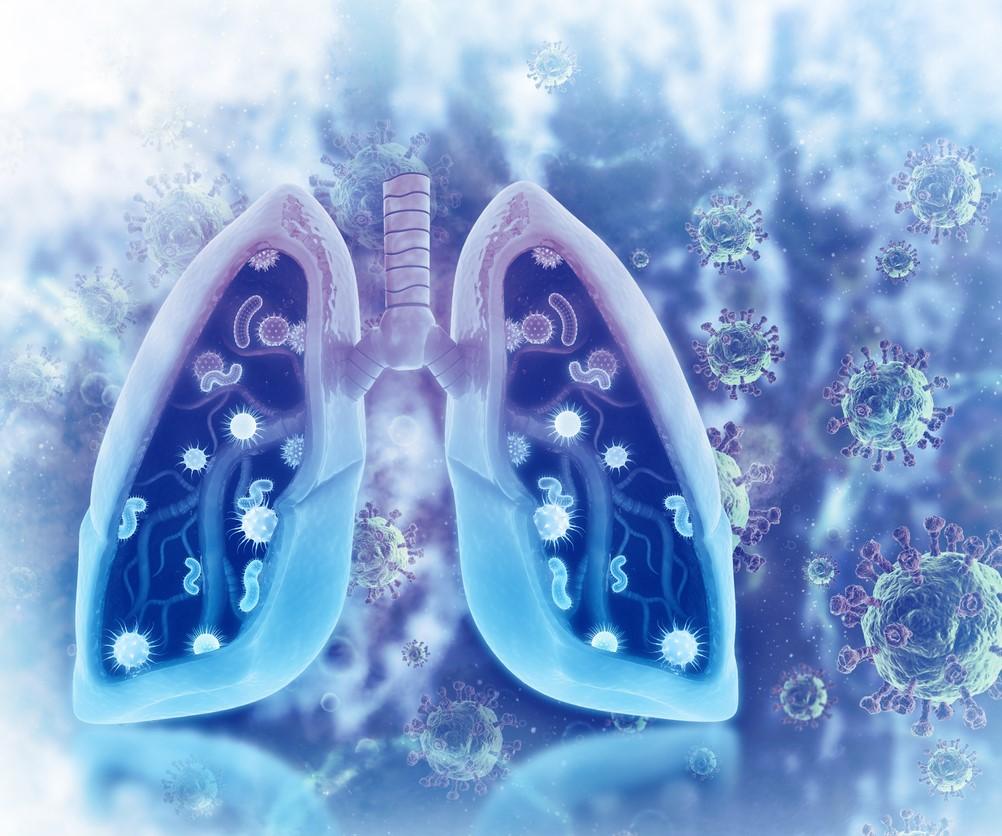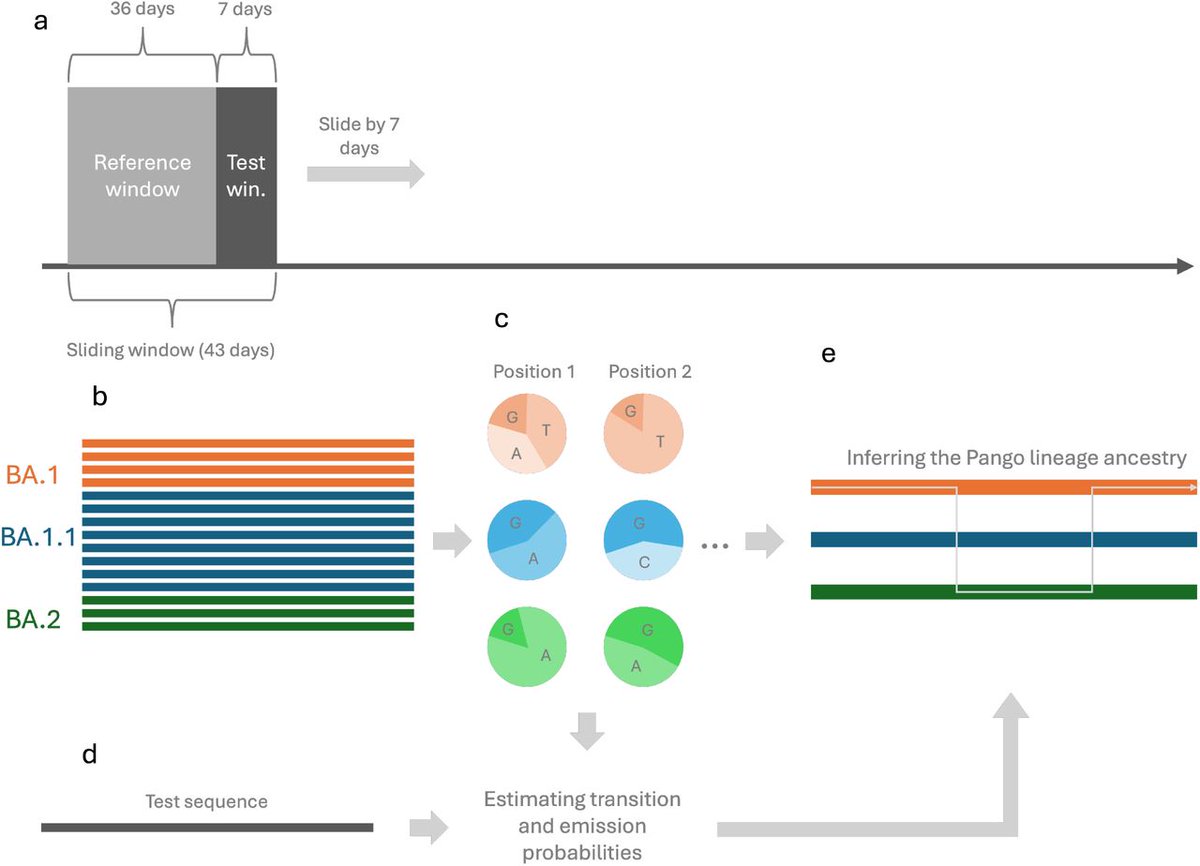𝙃5𝙉1. 𝙄𝙩 𝙞𝙨 𝙣𝙤𝙩 𝙤𝙣𝙡𝙮 𝙩𝙝𝙚 𝙈𝙄𝙇𝙆 𝙩𝙝𝙖𝙩 𝙣𝙚𝙚𝙙𝙨 𝙩𝙤 𝙗𝙚 𝙢𝙤𝙣𝙞𝙩𝙤𝙧𝙚𝙙, 𝙗𝙪𝙩 𝙖𝙡𝙨𝙤 𝙃𝙐𝙈𝘼𝙉𝙎 𝙬𝙝𝙤 𝙖𝙧𝙚 𝙄𝙉𝙁𝙀𝘾𝙏𝙀𝘿 !
𝘛𝘩𝘦 𝘷𝘪𝘳𝘶𝘴 𝘤𝘢𝘯 𝘢𝘥𝘢𝘱𝘵 𝘵𝘰 𝘩𝘶𝘮𝘢𝘯𝘴 𝘋𝘜𝘙𝘐𝘕𝘎 𝘪𝘯𝘧𝘦𝘤𝘵𝘪𝘰𝘯.
pnas.org/doi/full/10.10…

𝘛𝘩𝘦 𝘷𝘪𝘳𝘶𝘴 𝘤𝘢𝘯 𝘢𝘥𝘢𝘱𝘵 𝘵𝘰 𝘩𝘶𝘮𝘢𝘯𝘴 𝘋𝘜𝘙𝘐𝘕𝘎 𝘪𝘯𝘧𝘦𝘤𝘵𝘪𝘰𝘯.
pnas.org/doi/full/10.10…
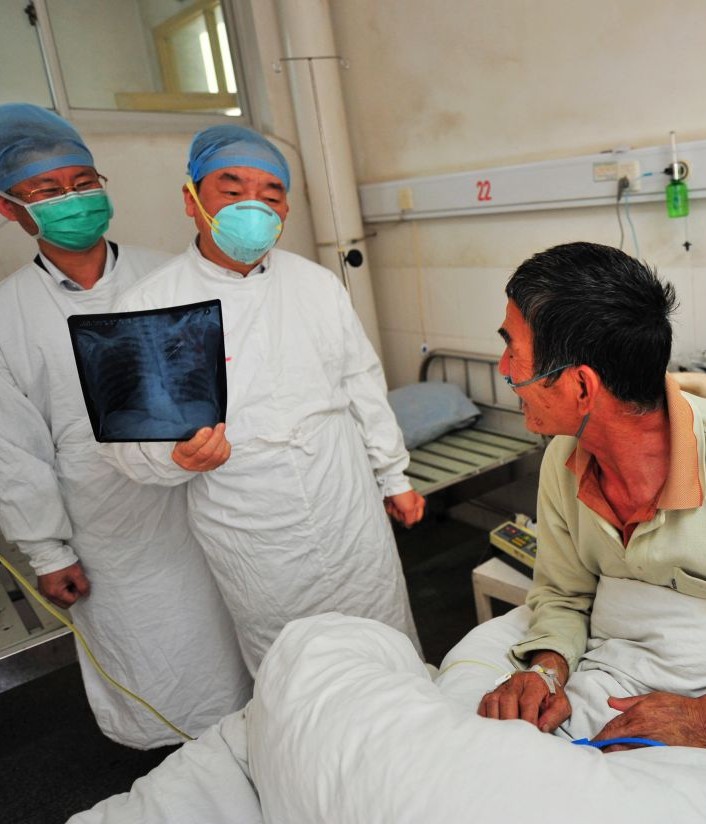
2) This study revealed the genetic adaptation of avian influenza A(H7N9) virus during human infections through deep sequencing of virus samples from infected patients and their surrounding poultry/environment.
It It addressed the key role of the gene PB2 also present in H5N1.
It It addressed the key role of the gene PB2 also present in H5N1.

3) It found differing patterns of substitutions at the PB2-627 position between patient and poultry/environment samples, indicating dynamic host adaptation ("genetic tuning") of H7N9 occurring in humans during infection. 

4) Patient samples showed mixed ratios of mammalian (Lys) and avian (Glu) signatures at PB2-627, while poultry/environment samples were dominated by the avian signature.
Longitudinal samples from one patient demonstrated gradual replacement of avian Glu by mammalian Lys ...
Longitudinal samples from one patient demonstrated gradual replacement of avian Glu by mammalian Lys ...

5) ... at PB2-627 over the course of infection.
Rapid adaptation of PB2-627 Lys in deceased patients correlated with disease severity and outcome, suggesting a link between viral pathogenesis and host adaptation.
Rapid adaptation of PB2-627 Lys in deceased patients correlated with disease severity and outcome, suggesting a link between viral pathogenesis and host adaptation.

6) A dominant PB2-627 Val emergence in viruses from seven patients in Shenzhen also correlated with disease severity indicators.
PB2-701 substitutions differed between human/poultry, with avian Asp dominant in all specimens and no dominant emergence of mammalian Asn.
PB2-701 substitutions differed between human/poultry, with avian Asp dominant in all specimens and no dominant emergence of mammalian Asn.
7) The findings demonstrate dynamic in vivo genetic tuning of H7N9 during human infection and its association with viral pathogenesis.
This dynamic adaptation process may impact influenza virus evolution and virulence.
This dynamic adaptation process may impact influenza virus evolution and virulence.
• • •
Missing some Tweet in this thread? You can try to
force a refresh


